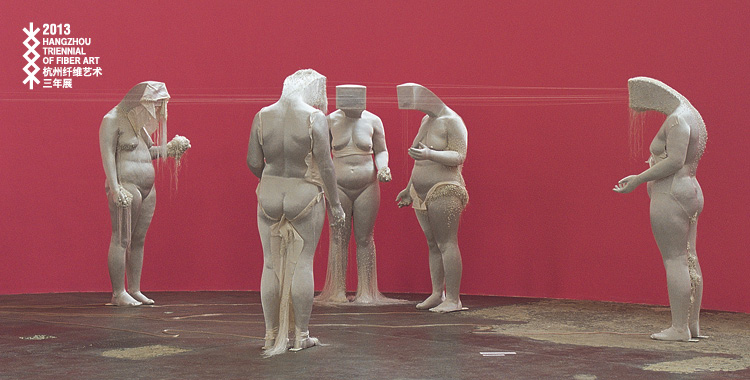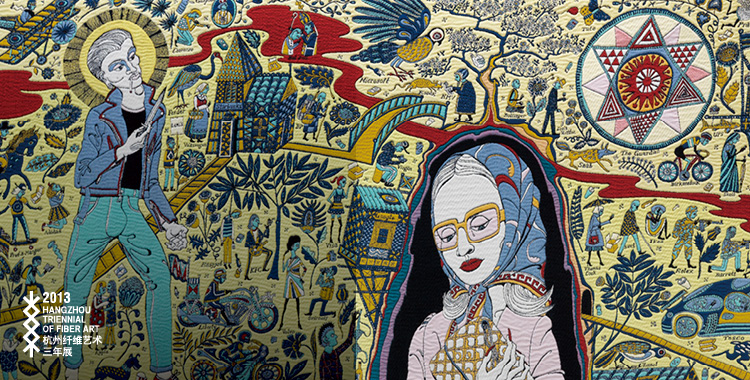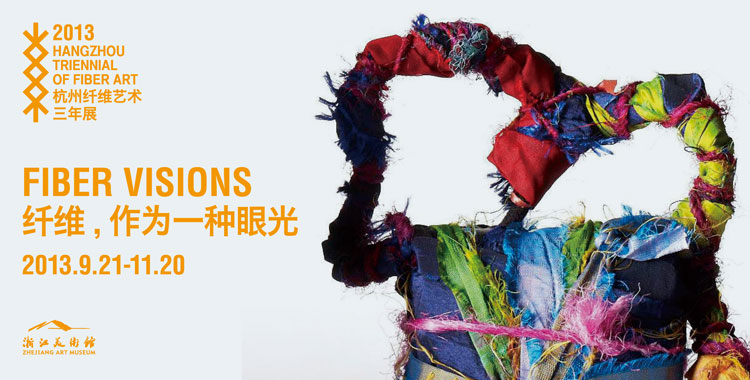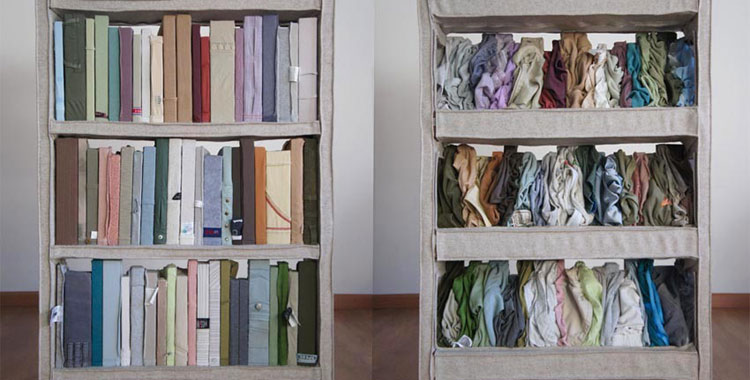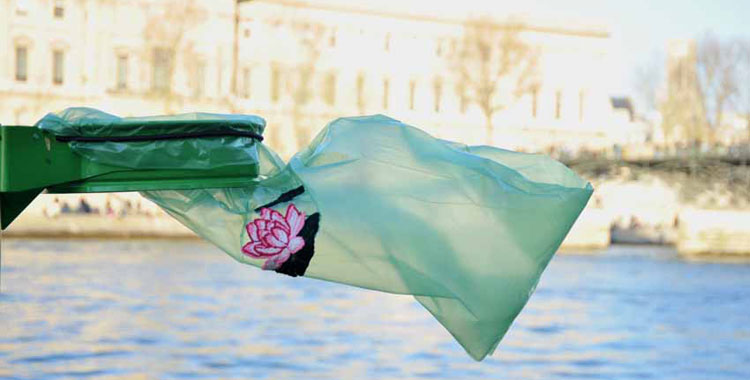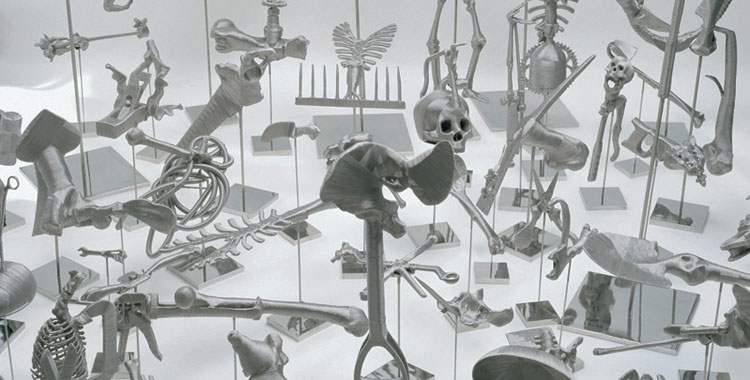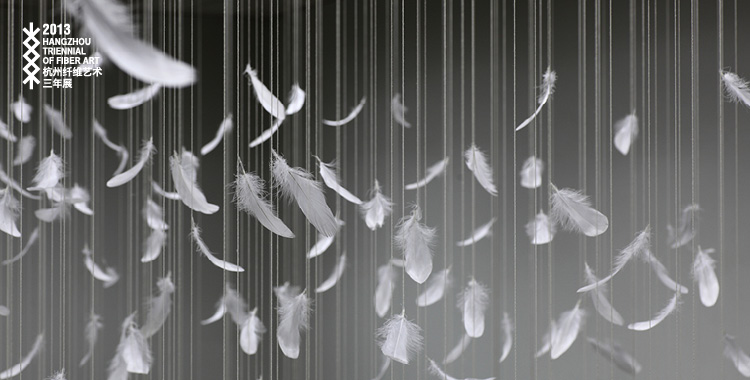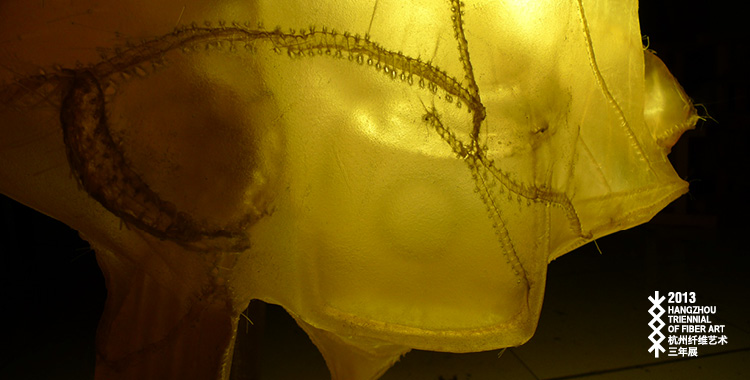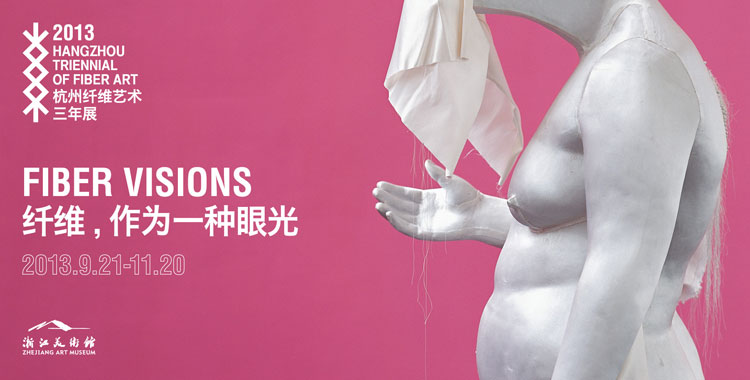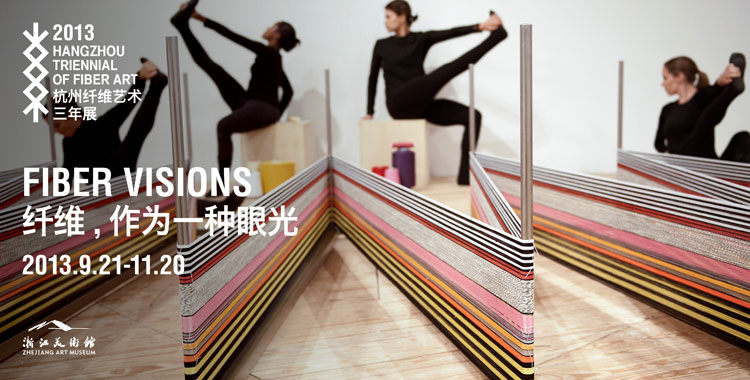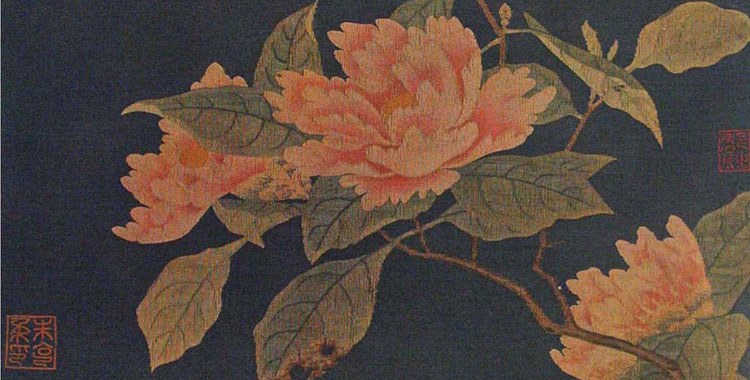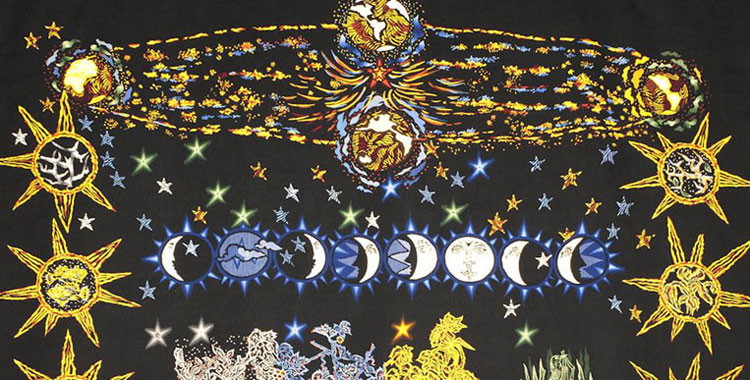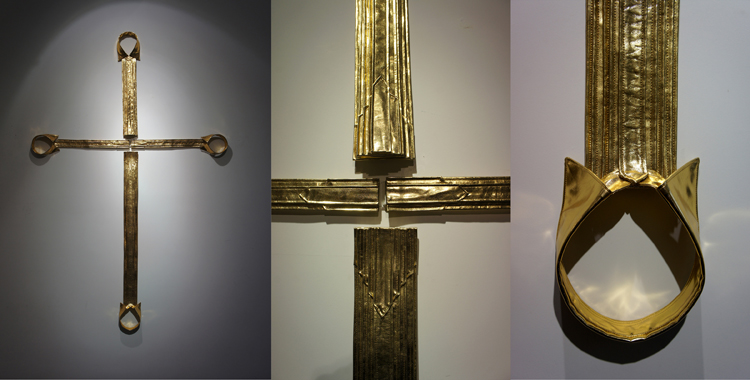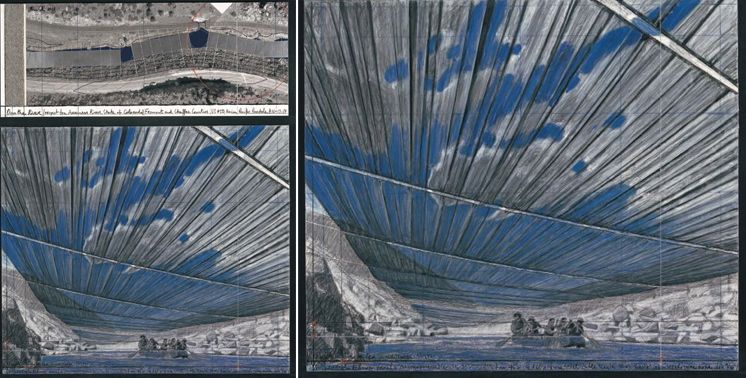Background
Local Culture and Characteristics
Hangzhou is situated in Zhejiang Province; it has a very deep historical and cultural heritage. Firstly, the history of silk production in Hangzhou can be traced to the age of the Liangzhu Culture (circa. 3400 – 2250 BC). Secondly, the surrounding West Lake Cultural Landscape is named on the UNESCO World Heritage List, the only Lake District in China to have been so honoured. Hangzhou is now also a famous centre for tourism.
In her history that goes back over 2,200 years, Hangzhou is not unlike a glamorous pearl on the Southeast Coast of China, with a natural shimmer as well as humanistic gloss. The ancient proverb says, ‘Suzhou and Hangzhou, Earthly Paradise’. Historically Hangzhou has been an area with significant agricultural output. Marco Polo, after visiting the Yuan Dynasty Hangzhou, has proclaimed it to be ‘the most glamorous city in the world’. In the long course of history, the ancient capital, surrounded on three sides by ‘cloud-capped hills’ and on the fourth by the city, has attracted many emperors and aristocrats as well as droves of men of letters, whose sojourns here have inspired a wealth of odes to the Jiangnan (i.e., the area south of the Yangtze River).
On June 24th, 2011, the West Lake Cultural Landscape was formally inscribed on the UNESCO World Heritage List, the only Lake District in China to have been so honoured. West Lake is often compared to the stamp of Hangzhou. While keeping watch on the ink and water landscape characteristic of the Jiangnan, it also composes a unique, human story. Hangzhou is getting to know the world, and the world is getting to know Hangzhou.
Breeding silkworms for the production of raw silk has been a long-standing tradition in the Jiangnan area. The history of silk production in Hangzhou can be traced to the age of the Liangzhu Culture (circa. 3400 – 2250 BC). The residents of the area now known as Hangzhou were already able to grow mulberry trees and breed silkworms and mastered basic skills of silk reeling and weaving. In the Spring and Autumn period (771 – 476 BC), King Goujian of Yue (reigned 496 - 465 BC) adopted the policy of ‘encouraging agricultural and silk industries’ in order to provide the economic driving force for his military ambitions. During the Han Dynasty (206 BC – 220AD), Silk produced in Hangzhou was already destined for export due to its high quality. By the time of the Tang (618 – 907 AD), the twill silk produced in Hangzhou had already gained universal acclaim for being ‘the best under the heavens’ and supplied to the royal household. During the South Song (1127 – 1279 AD), one could ‘hear looms at work in every household’, and ‘all the ladies and gentlemen at the capital wear fashionable silk robes’.
The art of ‘Ke si’ tapestry technique of the time attained perfection, winning Hangzhou the title of ‘the Prefecture of Silk’. We may say that today, Hangzhou’s silk has already achieved global acclaim. Meanwhile, the fact that China National Silk Museum is located in Hangzhou further attests to the close relationship between fibre textiles and this city.
Contemporary Fibre Art in Hangzhou
The site of the current campus of China Academy of Art, by West Lake, was established in 1928. It was the first comprehensive national institution for higher education in art. China Academy of Art is a pioneer in contemporary Chinese art education and has a unique and distinctive position within art at a national and international level.
In China, research in contemporary fibre art started with the establishment of the Varbanov Tapestry Research Centre at the Zhejiang Academy of Fine Arts (the predecessor of China Academy of Art) in 1986 and in collaboration with Zhejiang Art Carpet Factory. In 1987 three tapestry works created by the Research Centre were selected for the Biennale Internationale de la Tapisserie in Lausanne, Switzerland and became international renowned. This saw the advent of a new era for research in Chinese contemporary fibre art. Influential exhibitions were then held in Shanghai in 1987, Hong Kong in 1988, and than in 1989 in USA and Japan.
China Academy of Art leads the way in the development of contemporary fibre art. It maintains this position by combining people, location and a high-end education. There is a number of very experienced faculty staff that is fully engaged in international activities, exchanges and events. This means that China Academy of Art is a firmly established on the global stage.
In addition, the Varbanov Tapestry Research Centre has been expanded into a Fibre and Space Art Studio that is fully incorporated into the educational system of the Academy. Fibre art education has been renewed with courses at undergraduate, postgraduate and PhD levels. Some courses have been rated as ‘excellent’ by state assessment agencies and constitute the driving force of the modernisation of contemporary fibre art education in China. In the meantime, the Varbanov Tapestry Research Centre has held fibre and space art exhibitions at the He Xiangning Art Museum in Shenzhen, MoMA Shanghai and the Art Museum of China Academy of Art in 2009, winning wide critical acclaim.
Vision
In the 21st century the great economic achievements of Zhejiang has propelled a cultural powerhouse of creativity and vision. It is within this context that an international exhibition with fibre art is proposed
Fibre art is closely related to everyday life and to people. It is arguably the most familiar all art practices. Hangzhou citizens might still remember the warmth and contemporaneity of the soft sculpture works exhibited at Shangri-La Hotel, Hangzhou in 1980s.
The globalisation of the art market has grown exponentially as the ordinary citizen’s appreciation of art and culture has grown more sophisticated. On the one hand, the fibre art exhibition will be imbued with new meaning by the city of Hangzhou. On the other hand, Hangzhou will attract even more artists and tourists from across the world with this international gala, thereby raising the city’s international profile and appeal. This event will facilitate innovation of textile and creative industries, bring about a prosperous period for tourism and accelerate the development of the local economy.
The First Hangzhou International Fibre Art Triennial will draw upon the rich human history of the ‘Prefecture of Silk’ and China Academy of Art, together with the exhibition spaces of Zhejiang Art Museum and China National Silk Museum. This 3-way partnership will have an international standard management system embedded.
The Triennial aims
To build a transnational stage for contemporary art
To showcase contemporary art
To combine Hangzhou’s historical and regional characteristics
To bring the contemporary and historical in dialogue with contemporary times and life.
We hope that by hosting the Triennial we will transform Hangzhou into an important international centre for contemporary fibre art, and showcase the international cultural importance of the ‘Earthly Paradise’.


